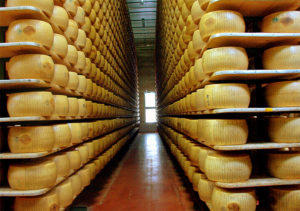PROTEA is an Italian company which designs and realizes Ozone generators for the sanitation of air and water. The company began its path in the sanitation field in 2004 thanks to the collaboration with industry experts and to international research and immediately identified Ozone as the definite and innovative solution to the problems of unhealthiness.
Initially, PROTEA applied ozonation to Engineer Arnaboldi’s primary field: the Marine Industry. The deep knowledge of boats allowed PROTEA to identify the right solutions to many problems related to the life on board and to the use of water at risk of stagnation. (read more)








